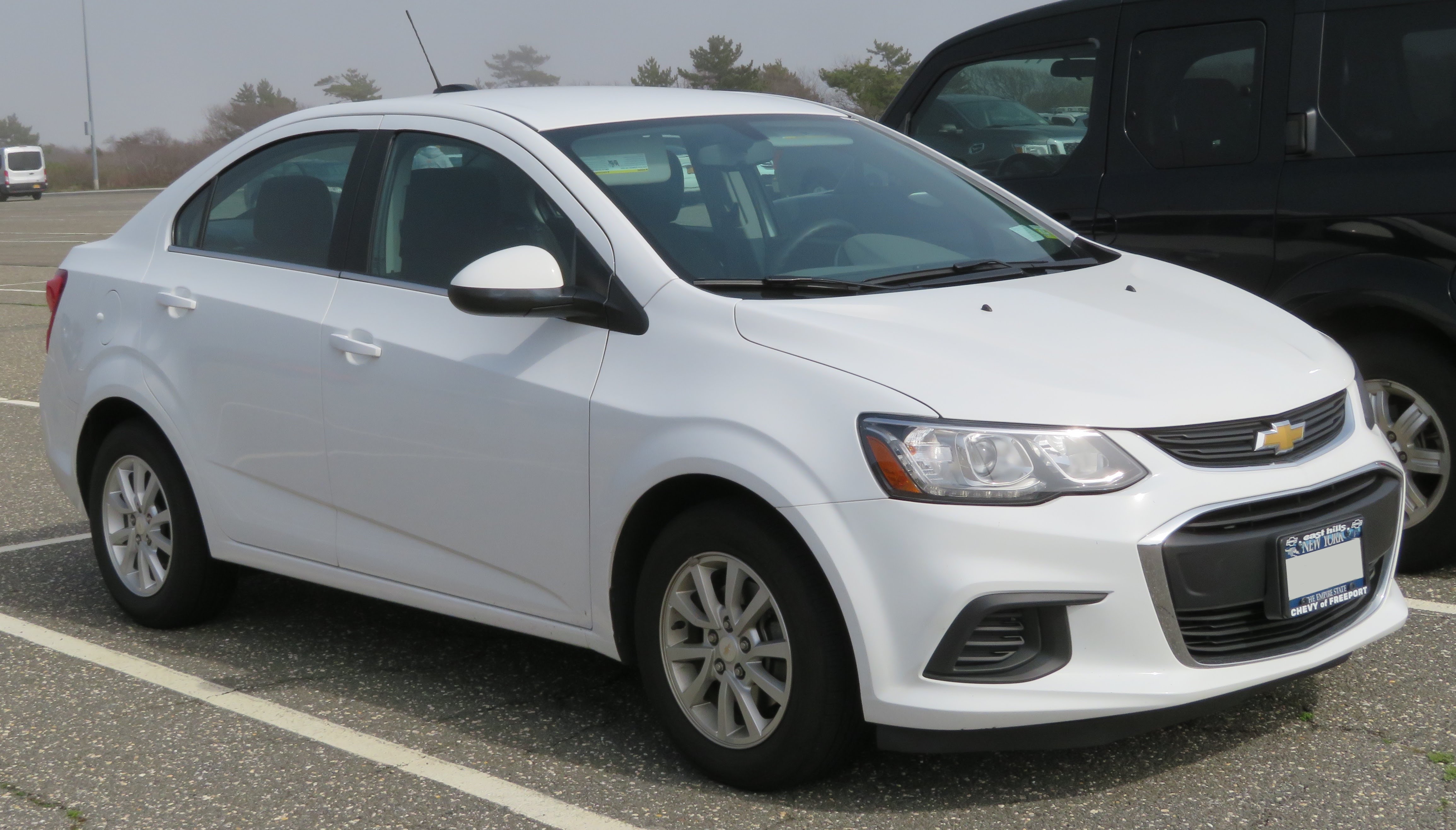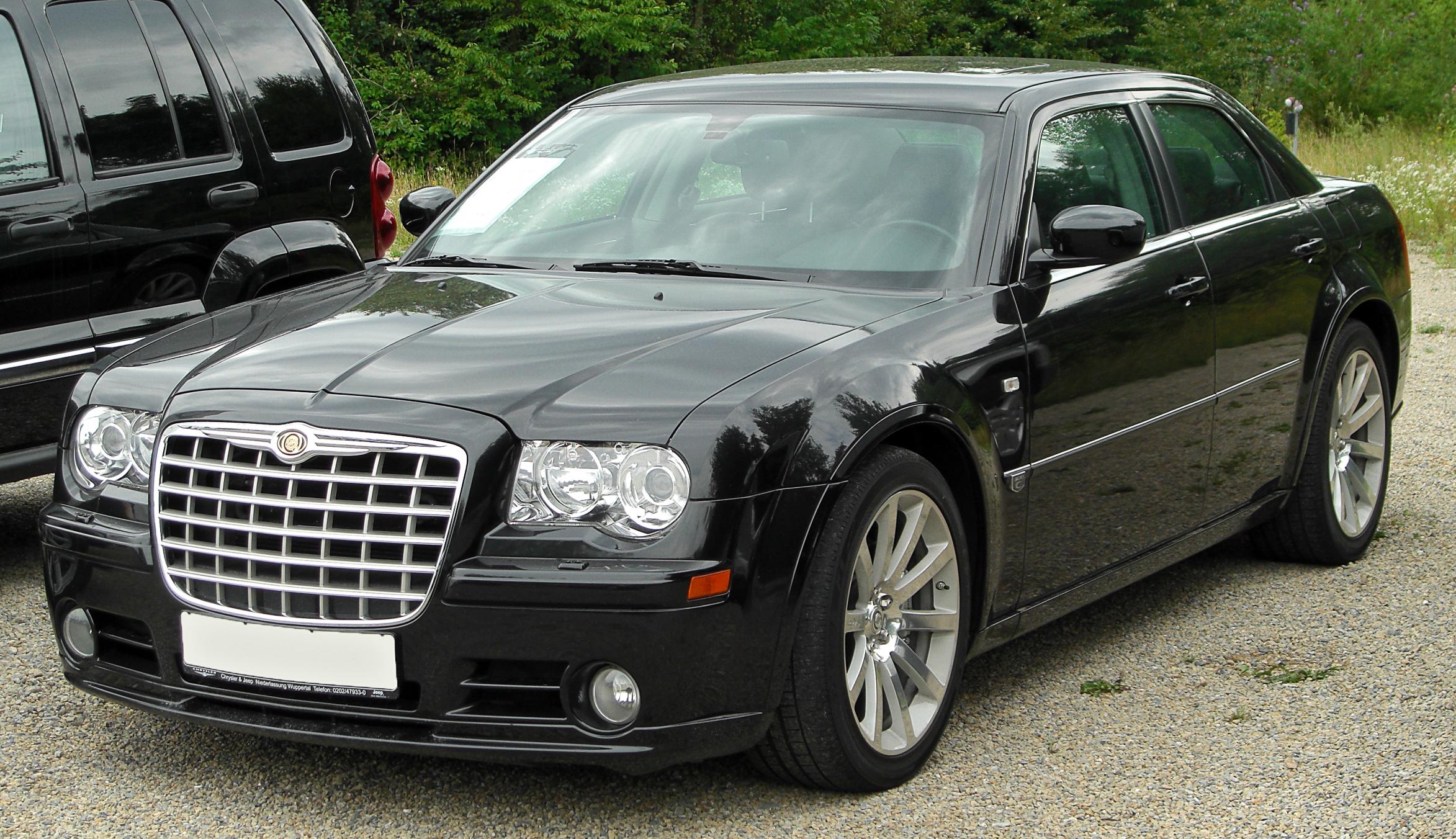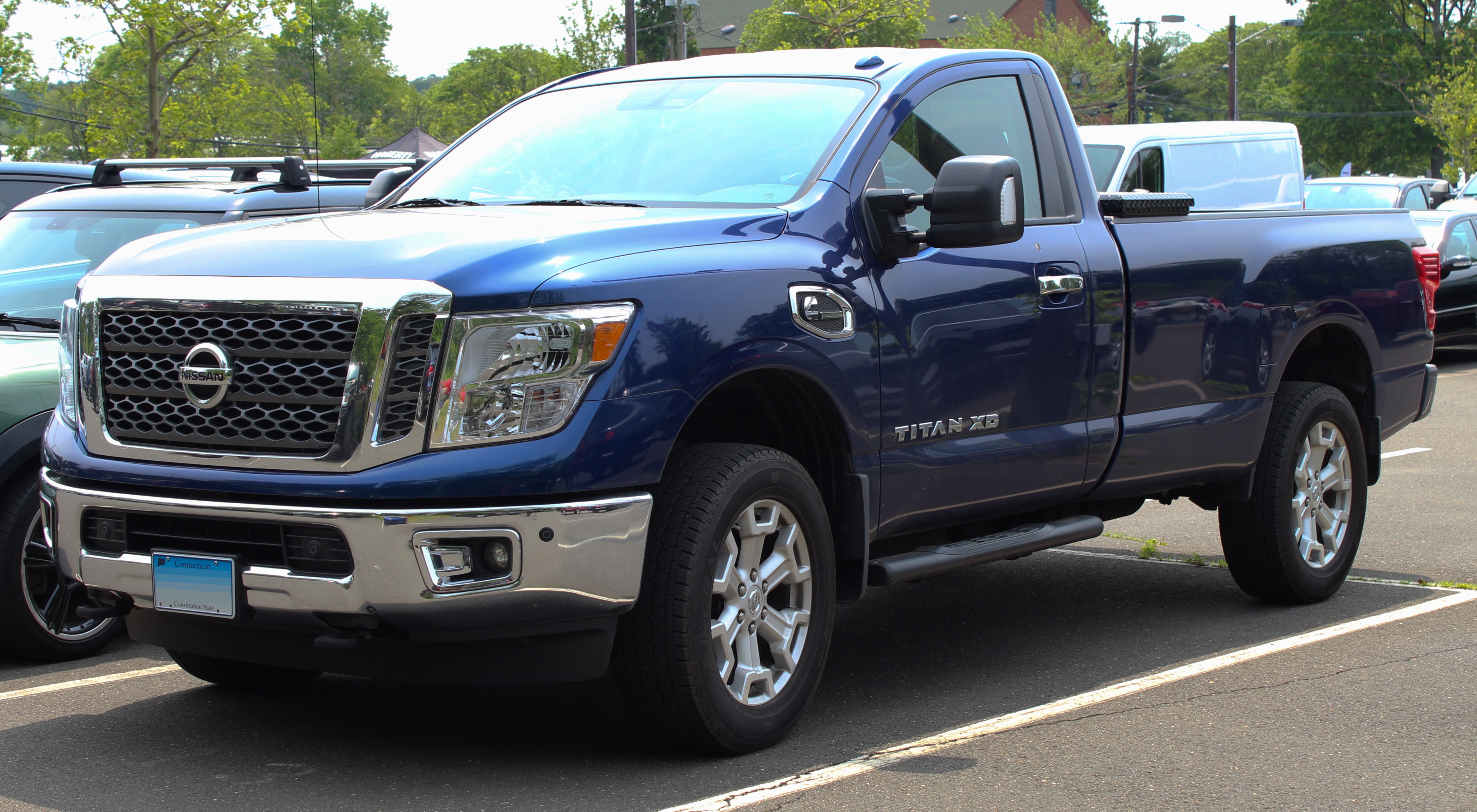Three Cars Even Dealers Struggle to Sell: Unveiling the Unwanted

The automotive landscape has drastically changed over recent years, with external factors and industry shifts playing significant roles. One of the foremost reasons behind the current scenario where cars find themselves unwanted on dealer lots is the global chip shortage. This chip scarcity, affecting not only automotive but also consumer electronics and power sectors, has hampered manufacturers’ ability to produce technologically-equipped vehicles at the usual pace. With fewer new vehicles making it onto the lots, consumer choices are curtailed, and specific models might linger because they don’t meet the immediate demands.

Another contributing factor is the evolving consumer purchasing model where dealers and customers are increasingly opting to order vehicles with specific specifications instead of relying on existing inventory. This shift towards custom orders ensures that manufacturers produce vehicles with guaranteed buyers, further reducing the chances of unsold models accumulating on dealership lots. This transition, while beneficial in preventing overproduction, can inadvertently highlight certain models that aren’t as popular in the current market.

Moreover, the impact of the pandemic cannot be understated, as it has shifted priorities and spending powers. Customers are becoming more selective with their purchases, seeking value for money amidst economic uncertainties and rising inflation. As a result, cars that don’t offer perceived value or fail to adapt to changing consumer expectations end up being sidelined. With high-interest rates and inflated MSRPs, buying decisions are more calculated, focusing on long-term utility and resale values.

Dealers are also grappling with agreements that restrict the resale of certain models within specific timeframes, like the “no-resale” agreements seen with some high-demand vehicles. These contracts, initially designed to curb flipping, have led to potential buyers hesitating, not willing to bind themselves to such terms. As a consequence, vehicles that fall under these agreements might find themselves hovering unwanted, awaiting buyers who are willing to accept the terms.

The economic landscape also plays a crucial role, with many potential buyers finding themselves priced out of the market due to high costs associated with new cars. Reports suggest that many consumers are choosing to delay their purchases or opt for used vehicles, which are perceived as more affordable alternatives. This shift can leave certain new models untouched, especially when they are not competitively priced or favored in the second-hand market.

Lastly, there’s the issue of market saturation and brand perception. Certain models might not sell as well due to their association with less favorable reviews or reputations within consumer circles. In an age where information is readily available, a couple of negative reviews or comparisons against competing models can significantly harm a vehicle’s desirability.

Various factors, from economic shifts to changes in consumer behavior, influence why certain vehicles remain unsold on dealer lots. While the chip shortage and pandemic-induced economic challenges are significant, evolving purchasing models, restrictive agreements, and brand perceptions also play vital roles in determining a vehicle’s success in the market.

1. **Ford EcoSport**: With compact SUVs flooding the market, the EcoSport has struggled to stand out among its competitors. Despite its compact size being advantageous for urban driving, consumers have found its interior space lacking compared to rivals. Furthermore, while it boasts a decent array of tech features, critics have pointed out its underpowered engine options relative to others in the segment. These factors have contributed to its slow movement on dealer lots.

2. **Fiat 500X**: The Fiat 500X has faced difficulties primarily due to its niche appeal. While it offers a stylish exterior and a unique Italian flair, the 500X doesn’t quite match the practicality or performance that many consumers seek in the crossover category. With limited cargo space and some reliability concerns, it tends to be overshadowed by more versatile and dependable rivals.

3. **Chevrolet Sonic**: Once a go-to for affordable car buyers, the Chevrolet Sonic now finds itself in a shrinking subcompact market. As consumers gravitate towards SUVs and crossovers, the Sonic’s sales have dwindled. Despite its reasonable price point and fuel efficiency, the appeal of larger vehicles with more space and perceived safety has left the Sonic sitting on lots longer than desired.

4. **Chrysler 300**: The Chrysler 300 has long been a symbol of American luxury sedans but is now facing tough competition from both luxury brands and more modern sedans. The full-size sedan market has been shrinking, and the 300’s classic design hasn’t been enough to keep it flying off the shelves. Consumers are leaning towards more modern, feature-loaded alternatives, leaving the 300 a harder sell.

5. **Nissan Titan**: In the highly competitive full-size pickup truck market, the Nissan Titan struggles to keep pace with the likes of Ford, Chevrolet, and RAM. While it’s a competent truck with a strong engine, it lacks the brand loyalty and aftermarket support that its American counterparts boast. This makes it a less attractive option for those looking to invest in a reliable, long-term truck.

6. **Jeep Renegade**: The Jeep Renegade, despite its distinct styling and off-road capabilities, has not resonated as strongly with urban SUV buyers. It’s positioned in a saturated market segment where its smaller size and higher price point don’t match up well against larger and more competitively priced rivals. These factors contribute to its slower turnover at dealerships.

7. **Buick Regal**: The Buick Regal, once praised for its German-inspired driving dynamics, finds itself struggling in a segment where crossovers dominate. Though it provides a refined ride and upscale feel, its sedan configuration is less in demand as more buyers opt for SUVs, leaving the Regal to gather dust on sales floors.

8. **Toyota Yaris**: Despite Toyota’s reputation for reliability, the Yaris is finding it challenging to attract buyers. With a market shift towards SUVs and crossovers, the Yaris, a compact car, is overshadowed by its bigger siblings like the Corolla and the RAV4. As preferences shift, the Yaris struggles to keep its place in the bustling auto world.

The automotive industry’s landscape is ever-evolving, and what was once a surefire hit can quickly become yesterday’s news. As consumer preferences shift towards larger, more technologically advanced vehicles, models that can’t keep up with these trends find themselves languishing on dealership lots. Each of these vehicles faces unique challenges, and while they may have their niche appeal, the broader market dynamics currently dictate a different direction.
Related posts:
Anyone’s dealer make them sign an agreement not to sell the car within X months?
Car dealer/sales people weigh in…
Discover more from Auto Travel World
Subscribe to get the latest posts sent to your email.












